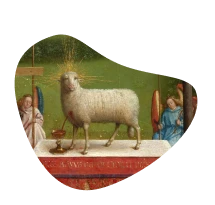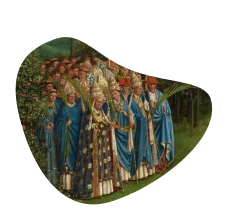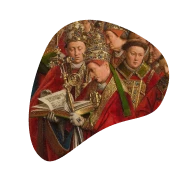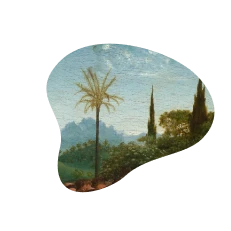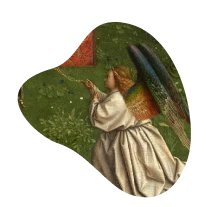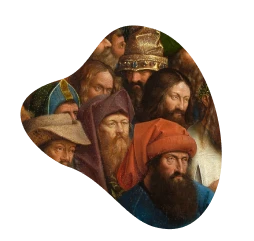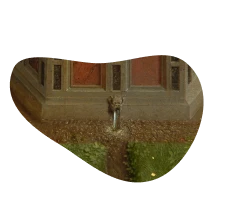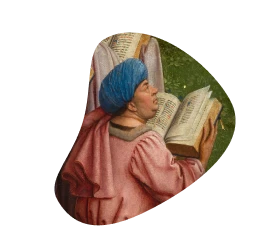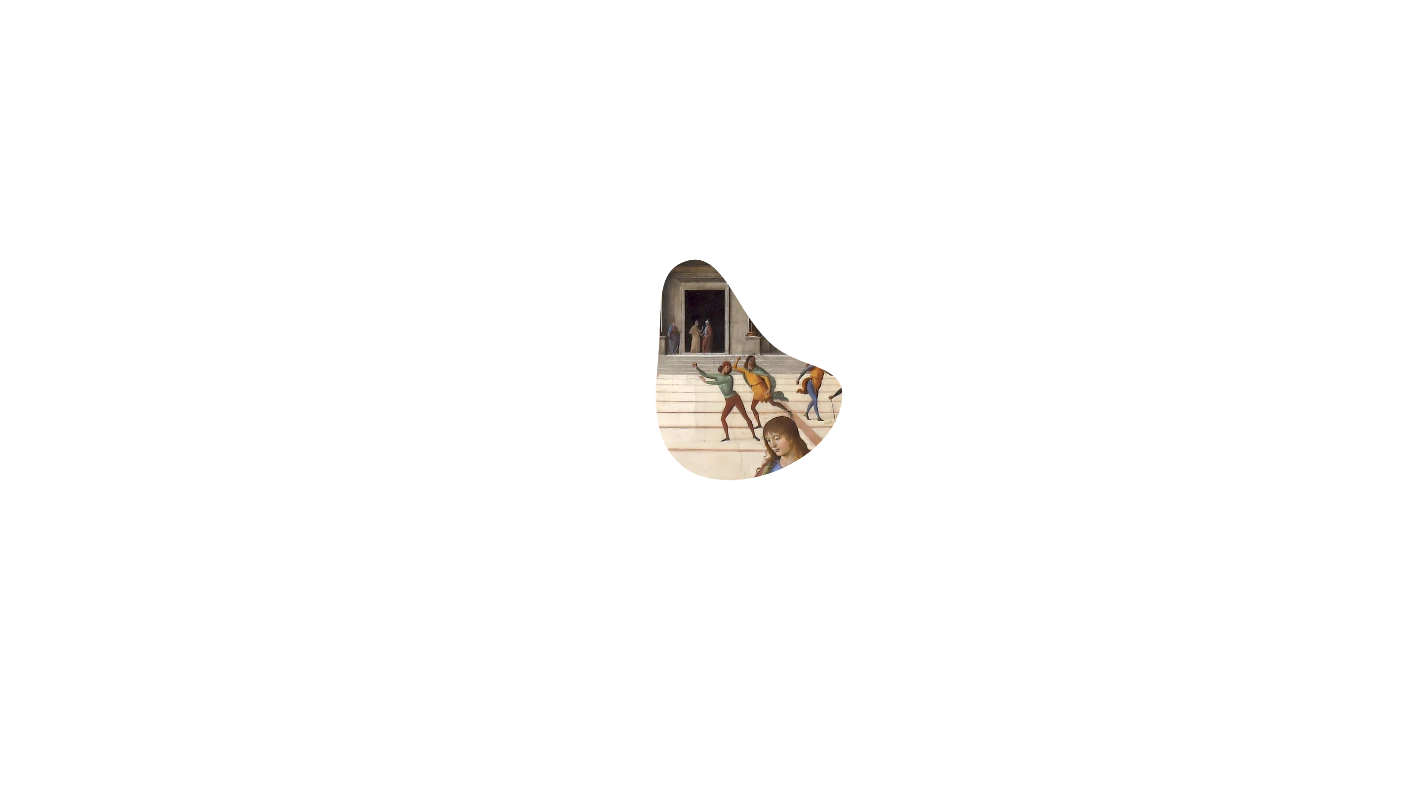Only three of Josquin’s masses are based on what is known as a soggetto ostinato, a motif so short it can hardly be called a melody. Missa La sol fa re mi, as its name implies, is based on the notes which these solmization syllables represented in the medieval scale: A, G, F, D and E.
Virtually the whole mass is derived from this single five-note phrase, which may be clearly heard in different note lengths and occasionally in different pitches in one or other of the parts. It is mostly found in the tenor (which in fact does not differ significantly in tessitura from the alto part). To write an entire mass setting which strictly retains the statement of five notes throughout as a kind of very abrupt cantus firmus is an astonishing feat of sheer inventiveness.

However, it was not Josquin’s idea in the first place to use these notes. According to Glarean’s Dodecachordon, published in 1547, they originated in mimicry of an unknown potentate who used to send away importunate suitors with the words “Lascia fare mi” (“Leave it to me”). Whether this is true or not, a number of popular songs of the time were written around the phrase.
The shorter statements of the motif flash by, the artfulness of their presentation scarcely registered by the listener.
By choosing a model so brief, as opposed to a chant melody which can be of indefinite length, Josquin opened up a new world of referencing. These five notes make no trouble when they are quoted in augmentation, diminution, upside down, back to front, in different rhythms at once, overlapping and in different hexachords. And because it is only five notes in question even the long-note, old-fashioned cantus firmus-style tenor setting in the Credo doesn’t delay the unfolding of the music, as happens in other Credos of this type.

Meanwhile the shorter statements flash by, the artfulness of their presentation scarcely registered by the listener. Apart from basing the tenor on it almost exclusively, Josquin was able to lend it to the other parts in his mass setting by the technique of initial imitation, for instance in the “Christe” and first “Hosanna.” The “Pleni sunt caeli” is imitative throughout.
Only once (in the bass part at the end of the “Christe”) is the ostinato transposed to begin on D (subsequently necessitating a B flat). Otherwise, in more than two hundred repetitions, it starts on A or E. Perhaps the finest moment comes at the very end of the Agnus Dei (I and III) where the note-lengths of the ostinato become shorter and shorter as the mystical nature of the music intensifies.
© Peter Phillips / Gimell Records







